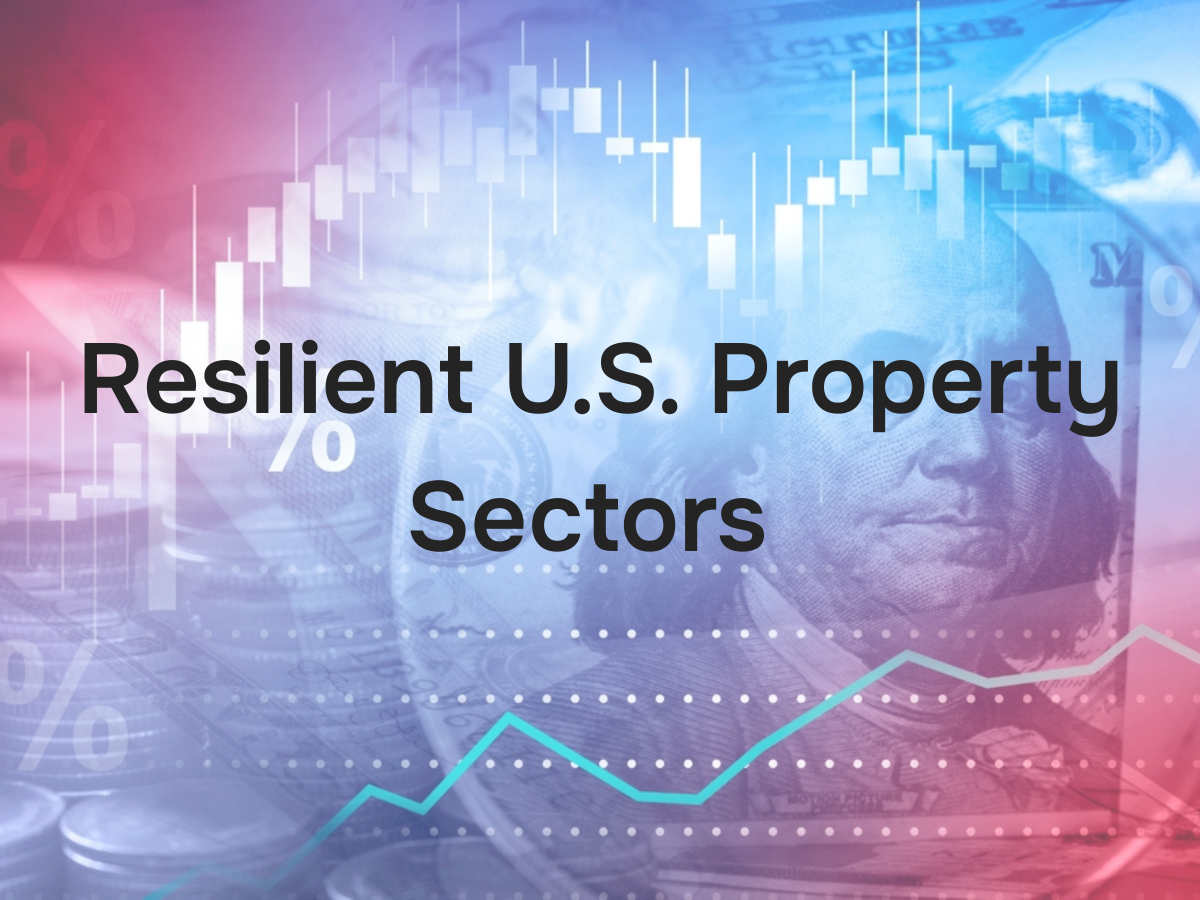As macroeconomic headwinds continue to challenge broader financial markets, the U.S. commercial real estate sector is showing remarkable resilience-especially in three critical segments: multifamily housing, retail, and industrial properties. While office real estate remains under pressure and capital markets adjust to elevated interest rates, these asset classes are providing stability, income consistency, and even growth potential for investors, landlords, and developers alike.
U.S. Multifamily, Retail, and Industrial Real Estate prove resilient amid market shifts


Multifamily housing: A robust rebound
The multifamily housing sector is staging a notable comeback in 2025. Demand for rental units remains strong nationwide, supported by a combination of demographic trends, affordability concerns, and shifting consumer behaviour. National occupancy rates continue to hover near historic highs, reflecting limited supply and growing renter demand.
According to a recent report from CBRE, multifamily vacancy across the U.S. fell from 4.9% in Q4 2024 to 4.8% in Q1 2025-the lowest level in more than 20 years. Net absorption during the q4 of 2024 reached 183,600 units, marking the sector’s strongest quarterly performance since 2000. These figures indicate not just a recovery but a structural strengthening of the multifamily market.
At the same time, the pipeline of new construction is narrowing. As Barron’s reported in April 2025, completions of multifamily projects have declined by 28% since August 2024. The slowdown is attributed to rising construction costs, tighter lending conditions, and developers hitting pause in uncertain economic conditions. With fewer new units entering the market, available inventory is tightening-setting the stage for upward rent pressure.
Zillow projects home values to tick down by the end of the year, and for sales to rise slightly above 2024. Inventory is expected to continue to rise, reducing the current 20% deficit compared to pre-pandemic norms.
A broader behavioural and financial shift is clearly at play. According to the same Barron’s report, approximately 35% of American consumers now say they prefer renting over owning. Elevated mortgage rates and stretched home prices have made homeownership less accessible for many, particularly first-time buyers and younger households. As a result, long-term renting is becoming a more attractive and in some cases necessary option, further strengthening multifamily fundamentals.

Retail real estate: quiet but steady gains
While multifamily makes headlines, retail real estate is demonstrating quiet strength. Once considered one of the most vulnerable sectors due to the rapid rise of e-commerce, retail has found new life in a post-pandemic world shaped by omni-channel shopping and renewed interest in physical stores.
Today, retail properties report the lowest vacancy rates across all commercial real estate asset classes. Neighbourhood and necessity-based retail centres those anchored by grocery stores, pharmacies, and service providers are outperforming. Consumers have returned to brick-and-mortar locations with renewed interest, and many retailers are investing in store upgrades and in-person customer experiences to complement their digital presence.
Investors are taking note. With stable cash flows, relatively modest capital expenditure requirements, and strong tenant performance, necessity-based retail centres are proving to be durable income-producing assets. Markets with growing suburban populations and limited new construction are seeing particular strength.

Data centers are powering ahead
Industrial real estate continues to be a standout performer, underpinned by persistent demand for logistics, warehousing, and specialised infrastructure. The rise of e-commerce, rapid fulfilment expectations, and the growth of advanced technologies such as artificial intelligence are pushing demand for high-performance industrial assets to new levels.
In particular, the explosion of AI-driven applications and cloud computing is fuelling demand for data centres and high-capacity warehouse space. Companies in sectors ranging from logistics to semiconductors are scrambling to secure facilities with robust energy infrastructure, fibre connectivity, and room for expansion. Secondary markets often with available land, energy access, and favourable zoning are benefiting disproportionately from this trend.
According to industry analysts, demand for industrial real estate will likely remain elevated through 2026, especially in markets where infrastructure investment and technology adoption continue to grow. Build-to-suit developments are rising, and speculative construction is picking up in high-demand regions-though like multifamily, developers face challenges from rising costs and interest rates.

Clearer picture for 2025 and beyond
Together, the multifamily, retail, and industrial sectors are forming a stable core in what has otherwise been a volatile and transitional period for real estate. Each of these sectors is benefiting from long-term structural trends that go beyond the current economic cycle-rising rental preference, stable consumer demand for essential goods, and rapid technology adoption.
“The apartment glut is over,” Barron’s declared earlier this year, capturing the sentiment of many in the industry. And indeed, the fundamentals for multifamily housing have not only recovered-they are strengthening, with the potential for sustained rental growth in the years ahead.
Retail and industrial properties, though less flashy, offer compelling value for investors seeking dependable income streams, especially in an environment where capital preservation and yield stability are top priorities. These assets are often tied to real-world necessities-housing, food, infrastructure, logistics and are thus more insulated from short-term economic shocks.

Stability through selectivity
In an era of rising rates, cautious lending, and shifting workplace norms, not all corners of commercial real estate are thriving. But in multifamily, retail, and industrial properties, there is a clear throughline of resilience. These sectors have adapted to post-pandemic realities and are supported by deep structural demand drivers.
Looking ahead to 2026, market participants expect continued strength-especially as supply constraints, demographic shifts, and technology-led growth continue to drive value. For investors and developers willing to focus on fundamentals and navigate selectively, these sectors offer both stability and opportunity in a rapidly evolving market landscape.